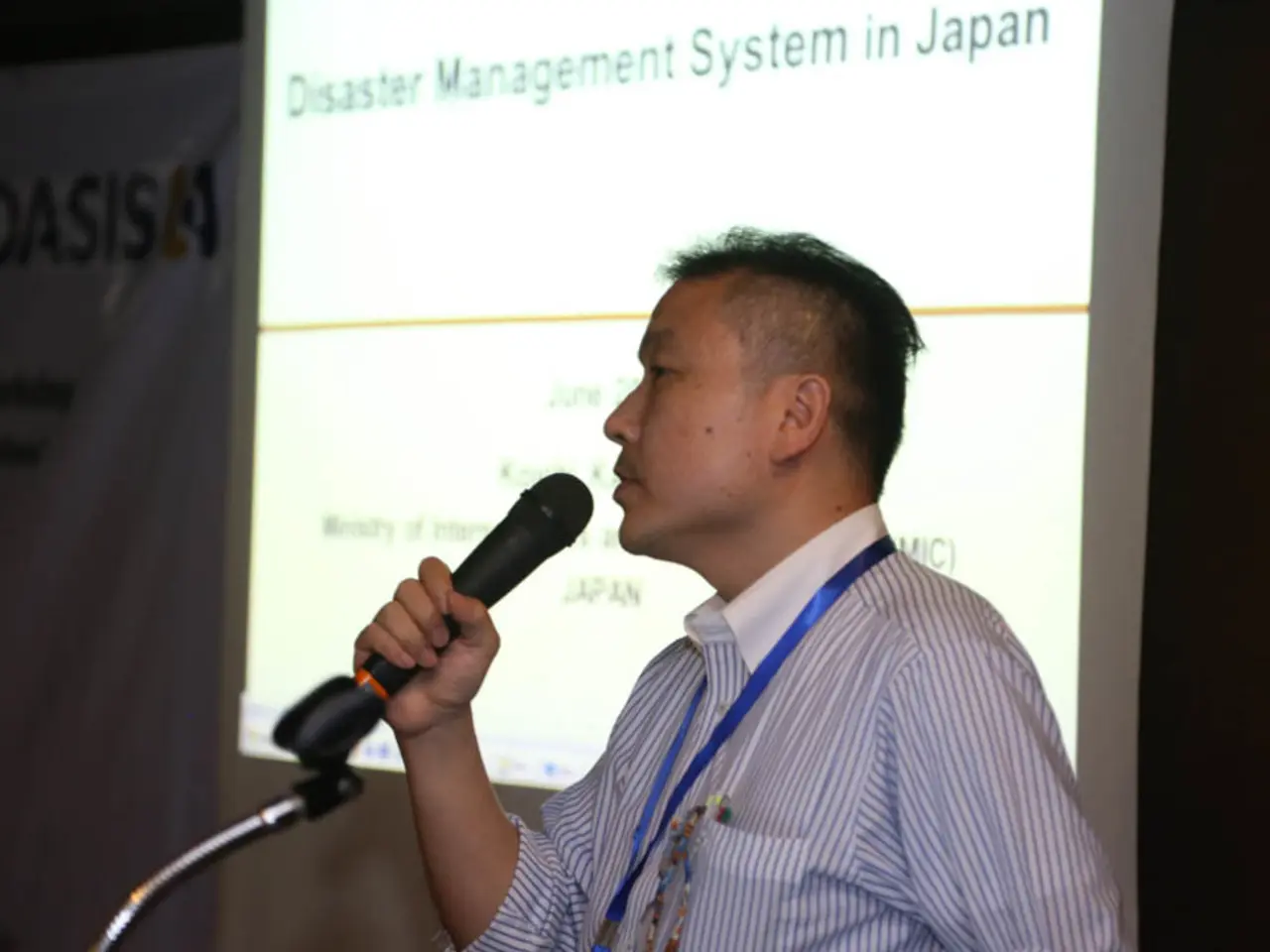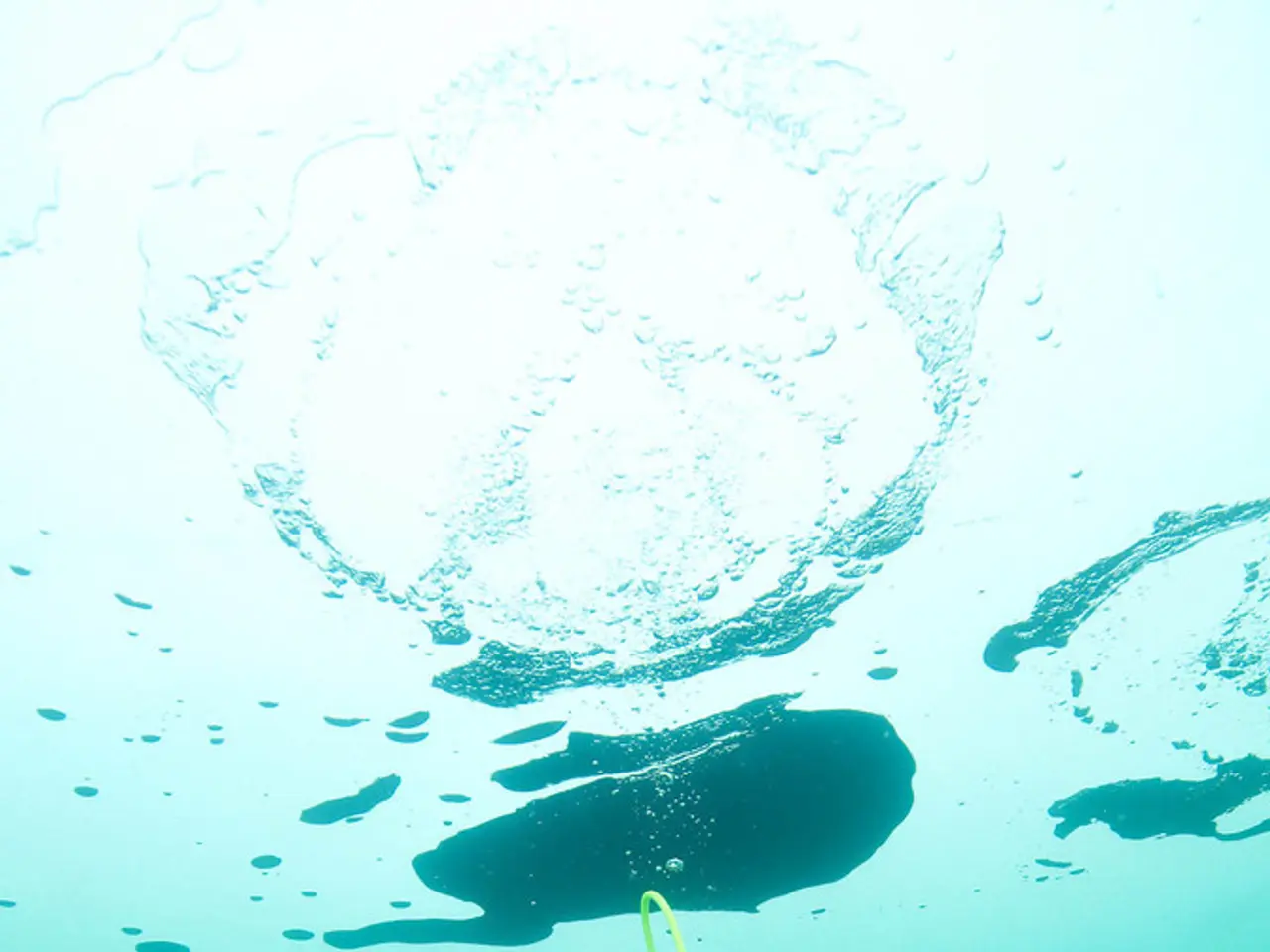Pacific-wide tsunami alerts issued after potent earthquake off Russian coast - Pacific-wide tsunami alert issued following potent earthquake in Russia
Major Earthquake Strikes Kamchatka Peninsula, Prompts Global Tsunami Warnings
On July 29, 2025, a powerful earthquake of magnitude 8.8 Mw hit the Kamchatka Peninsula in Russia, marking the strongest earthquake in the region since 1952 [1][2]. The epicentre was located 119 km east-southeast of Petropavlovsk-Kamchatsky [1].
The earthquake caused significant damage to buildings and infrastructure in Petropavlovsk-Kamchatsky, as reported by the Academy of Sciences in the city [1]. The event also triggered a series of aftershocks, including one of magnitude 6.9 and another of 6.3 [1].
Following the earthquake, Pacific-wide tsunami warnings were issued for Japan, Mexico, parts of the United States including Hawaii, and other Pacific coastal areas due to the potential for large tsunami waves [1][2].
In Japan, extensive preparedness measures were taken, recalling the lessons from the 2011 Tōhoku earthquake and tsunami. Coastal evacuations took place, including near nuclear facilities. Fortunately, the tsunami waves that reached Japan measured up to 1.3 meters, causing minor damage and one reported death [2].
Regarding the Fukushima nuclear power plant, no major damage or nuclear incidents were reported after the Kamchatka earthquake and tsunami warnings, likely due to improved disaster response and structural reinforcements since the 2011 disaster [2][3].
Other impacts included moderate damage and multiple injuries in Kamchatka Krai and Sakhalin Oblast, Russia [1]. Volcanic activity was also triggered near Kamchatka, notably with Klyuchevskaya Sopka erupting shortly after the earthquake [1].
Tsunami waves were less severe than initially feared in distant Pacific locations like Hawaii and Mexico, but monitoring and caution remained ongoing due to the unpredictability of tsunami waves following such a large event [2][3].
Peru and Ecuador also issued tsunami warnings, with Ecuadorian authorities warning of a "high probability" of a tsunami and ordering "preventive evacuations" [1].
In summary, the 2025 M8.8 Kamchatka earthquake was a significant event, generating tsunami warnings across the Pacific and prompting substantial emergency responses in Japan and other coastal countries. Despite its size, the reported damage was relatively limited due to preparedness measures [1][2][3].
- The Commission, in light of the recent M8.8 Kamchatka earthquake, might find it beneficial to consult on the draft proposal for a directive on the protection of workers in emergency response sectors, such as climate-change scientists and weather-forecasting experts, who could potentially be exposed to unusual radiation levels due to subsequent geological disturbances.
- Meanwhile, environmental-science researchers could study the impact of this significant seismic event on the region's volcanic activity and overall environmental changes, with a focus on the long-term effects on biodiversity and ecosystems.
- While emergency responses were underway, some may have shifted their attention to less pressing matters such as sports events or sports-betting, only to realize the importance of focusing on critical issues like the recent natural disaster.
- In the aftermath of the Kamchatka earthquake, coupled with the ongoing concerns about climate change and its implications on weather patterns, it's crucial to further international collaboration in disaster preparedness and response strategies to mitigate the risks and damages associated with such events.







